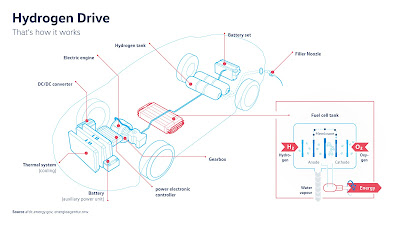Early we saw a slow change from the conventional fuel based vehicles to electric vehicles(EV) .But now the pace had increased .By 2025 EV will hold a good market share Majority of the vehicle manufactures had moved a step into the electric mobility First among them was the KONA launched by the Hyundai motor Company in India ,followed by Tata motors and many more .Currently we can see a lot of fuel pumps in different parts of our cities without much distance between them ,which make people easy to access .We need to have more charging stations similar to the Conventional fuel pumps .
Most manufactures are
producing electric vehicles under the Plug in category ,which are much similar
to our mobile phone , which needs to charge and will run till the battery
drains out completely and for using it again we need to charge it again .Though
few technologies like regenerative braking system helps to recover a very few
of the used energy to restore the power in
the battery .it’s not enough to restore the battery completely.
Due to the limited storage
power of the batteries , the kilometre range which it can run is limited ,which
make people not to choose the electric vehicles
Another major issue is the
time taken by the system to recharge the battery to 100% .Most manufacturers
are providing household chargers that could be charged using the 240V current ,
but taking more than 6 Hrs.to charge the batteries completely . High power
charging stations are required to recharge the battery at least 80 % .It even
take more than 1 hrs .So we need technologies that could charge the battery in
less time or systems that could charge the battery while discharging at a
higher rate .
The initial cost of the
electric vehicles are huge compared to the conventional vehicles ,though it can
be covered in less maintenance charges .And issues with the battery also make
it a few persons choice .

















